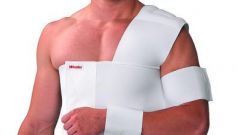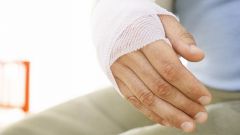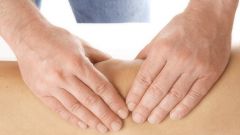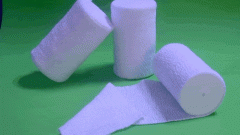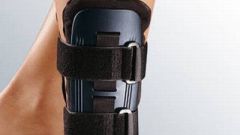Instruction
1
During palpation of the shoulder joint can be felt the head is in an unusual place. Active motion is impossible, any feeling accompanied by severe pain. Dislocation may be accompanied by damage to nerves and major vessels. So the doctor in the diagnosis checks the pulsation on the arteries and compares the results with the healthy side. However, without an x-ray to put the final diagnosis, as can not recognize the fractured end of the humerus and scapula, and when the manipulation has a chance to cause patient harm.
2
After x-rays is the reduction of the dislocation under local or General anesthesia. Better to give preference to local anaesthesia, first under the cover is introduced to morphine, then into the cavity of the joint injected several doses of novocaine. Once the anesthesia kicks in, the doctor reduce the dislocation of one of the many ways at their discretion.
3
But in some cases, even when using classical methods can not restore the joint. These dislocations are irreducible and occur in case of contact with tissue between the mating surfaces. To remedy the situation is possible only through surgical intervention. Patients with chronic dislocations of the shoulder joint treated only at stationary observation.
4
After the shoulder joint reduce, the limb must be fixed with a plaster Longuet from the shoulder to the healthy heads of the metacarpal bones aching limbs. To avoid the usual dislocation, the period of immobility should be at least a month. In addition, assigned pain relievers, as shoulder ache for a long time, as well as UHF, which improves blood circulation, leaving swelling and inflammation. The specifics of the UHF is a cross-cutting effect on each tissue layer, separating inflammation from other tissues.
5
Next step go to physical therapy sessions, exercises should be focused on shoulder abduction and recovery of circular motion.
Note
Re-dislocation can occur accidentally, in the abduction of the shoulder during the backswing during the throw or the laying of the hands over the head. Repeated dislocations are called habitual.
Useful advice
If dislocation of the shoulder joint persists, with an increase of limitations in the tissues developed fatty degeneration, fibrosis, cartilage degeneration, and no surgical intervention will be impossible.

